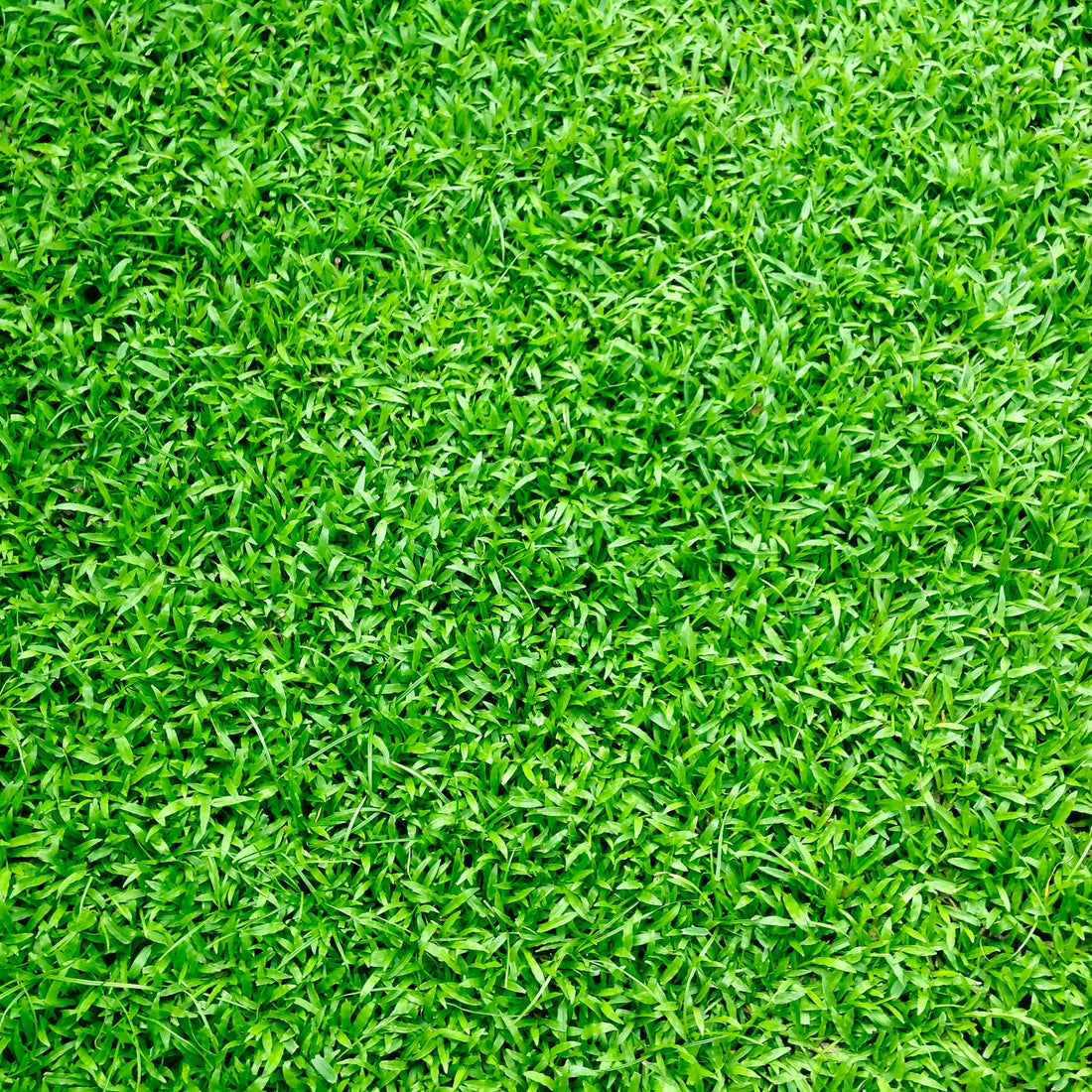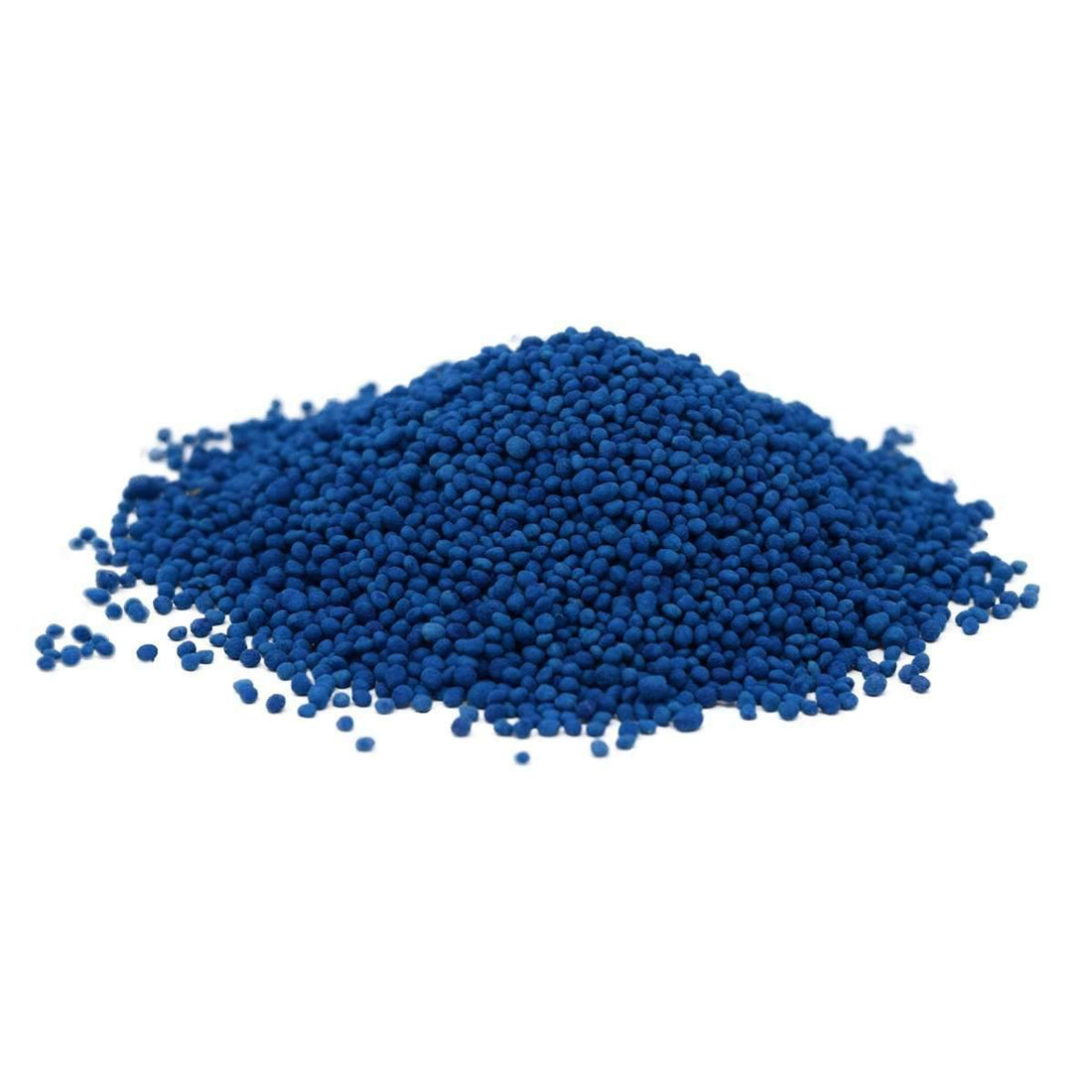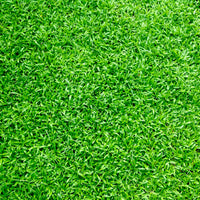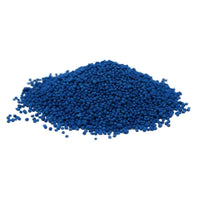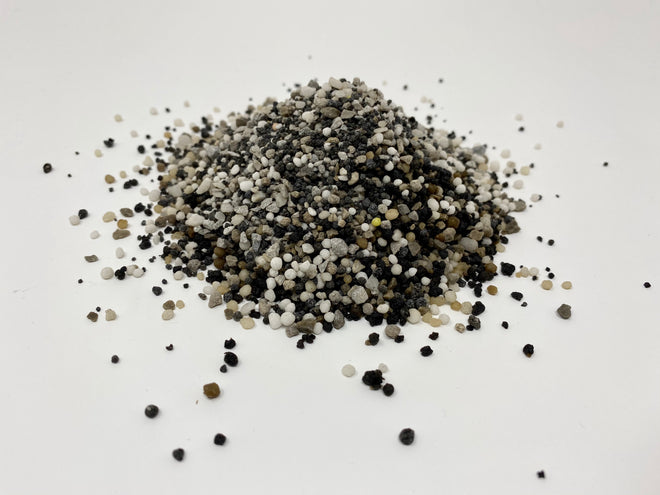
- When to plant:
- Spring, Summer
- Fertilizer:
- Hancock's 16-04-08 Lawn & Pasture Fertilizer
- Seeding rate:
- 3 - 5 lbs. per 1000 sq. ft. or 50 - 150 lbs. per acre
- Overseeding rate:
- 2 lbs per 1000 sq ft
- Seeding depth:
- 1/8 - 1/4 inch
- Ideal ph:
- 5.0 - 5.5
- Gmo:
- No
- Inoculant needed:
- No
- Coated or raw:
- Coated
- Lifecycle:
- Perennial
- Climate zones:
- Warm Season
Carpetgrass is primarily used in lawn, pasture and landscape applications in the south. This grass has the ability to withstand saturated soils and will tolerate periods of standing water. Carpetgrass is used in coastal and low lying areas.
Product Information
- Application or Use: Lawn, Pasture, Parks & Recreation, Cover Crop, Erosion Control
- Germination Time: 14 - 21 days, under optimal conditions
- Growing Locations: Warm Season
- Height: 0.75 - 2 inches
- Sunlight Requirements: 6 - 8 hours, full sun for best results
- Advantages: Grows well in wet, poorly drained soil making it an ideal choice for low lying lawns or pastures.
- When to Plant: Recommended planting time is Spring when night time temperatures consistently above 65 degrees and 3 months prior to first frost.
Product Details
- Warm-season perennial grass
- Will grow in tropical and sub-tropical areas
- Moderate shade tolerant
- Low-maintenance grass
- Good tolerance to standing water
Product Information
Carpetgrass is a creeping, warm season perennial grass that is native to the West Indies. Carpetgrass was introduced into the United States in the early 1800s and has become naturalized in the southeastern states, especially on poorly drained soils. Carpetgrass physically resembles centipede grass in terms of leaf density and shape.
Carpetgrass grows on wet, low-pH soils where few other grasses persist, and has moderate shade tolerance. It is low growing and produces a dense turf with good color if moderate fertilization rates are applied. It is a low-maintenance grass that does not require excessive amounts of fertilizer. Carpetgrass also can be grown from seed.
Carpetgrass will not survive on very dry soils unless irrigated frequently. It has shallow roots that impart poor drought tolerance. During the summer, carpetgrass produces numerous tall, thin seedheads that require frequent mowing for removal.It is subject to insect, nematode, and disease problems. It does not grow well outside of acidic (pH: 5.0 to 5.5) soils. Carpetgrass is not recommended for a high-quality lawn; however, it can be used in wet, shady areas where ease of maintenance is more important than quality. Carpetgrass is not used for hay production.
Carpetgrass may be established from seeds or sprigs. Sod is not commonly available. Success with either propagation method is highly dependent on proper soil preparation. Germination of Carpetgrass will occur within 14-21 days if the conditions are all correct.
*Product packaging may appear different than what is pictured.
Seeding
Seeding is easier and less expensive than sprigging. Use fresh, weed-free seed. Broadcast at the
rate of 4 - 5 pounds per 1000 square feet. Planting dates are April to July. It is advisable to kill any existing weeds with a nonselective herbicide such as glyphosate before planting.
Fertilization
Proper fertilization of carpet grass is an important practice in a good maintenance program. Carpetgrass does not tolerate excessive use of fertilizer, especially nitrogen. For a low-fertility regime, a complete fertilizer can be applied at 1 pound of N per 1000 square feet annually. For a slightly higher quality lawn, up to 2 pounds of N can be applied annually.
Mowing
If fertilized as recommended, carpetgrass will require mowing every 10 to 14 days at a height of 1 to 2 inches. Weekly mowing with a rotary mower may be necessary during the summer to remove the unsightly seedheads.
When choosing to start a new lawn, remove old vegetation by using a de-thatcher, power rake or tiller to kill the existing vegetation. Rake or drag the area to remove debris and dead grass for a clean area. Ensure the soil is leveled and loosened to allow the seed to have good soil contact once spread on a clean seed bed.
If you have an area with heavy weed coverage, we recommend starting fresh by killing and removing the existing vegetation. If you choose to use chemicals, herbicides or fertilizers, you must check with the product's manufacturer prior to planting new seed to ensure the proper waiting period.
When overseeding an existing area, mow your lawn at the lowest setting and bag the clippingsx. Rake or drag any areas that have dead thatch or debris.

Seed Quality
Hancock Seed is dedicated to delivering the best seeds possible to our customers. Hancock Seed grows and harvests many of our products, and we acquire the majority of the rest from other family farmers.
All these seeds are processed, packaged and shipped from Hancock Farm. This helps us ensure that our high standards are met. Unlike much of the competition, we refuse to sell you a seed that was not gathered during the last harvest. You will always receive fresh product from Hancock.
Every seed we grow comes with 40 years of experience behind it...you can rest assured that all of our products are cultivated in a method that assures its potential for growth.

Your cart ( 0 )

Carpetgrass is primarily used in lawn, pasture and landscape applications in the south. This grass has the ability to withstand saturated soils and will tolerate periods of standing water. Carpetgrass is used in coastal and low lying areas.
Product Information
- Application or Use: Lawn, Pasture, Parks & Recreation, Cover Crop, Erosion Control
- Germination Time: 14 - 21 days, under optimal conditions
- Growing Locations: Warm Season
- Height: 0.75 - 2 inches
- Sunlight Requirements: 6 - 8 hours, full sun for best results
- Advantages: Grows well in wet, poorly drained soil making it an ideal choice for low lying lawns or pastures.
- When to Plant: Recommended planting time is Spring when night time temperatures consistently above 65 degrees and 3 months prior to first frost.
Product Details
- Warm-season perennial grass
- Will grow in tropical and sub-tropical areas
- Moderate shade tolerant
- Low-maintenance grass
- Good tolerance to standing water
Product Information
Carpetgrass is a creeping, warm season perennial grass that is native to the West Indies. Carpetgrass was introduced into the United States in the early 1800s and has become naturalized in the southeastern states, especially on poorly drained soils. Carpetgrass physically resembles centipede grass in terms of leaf density and shape.
Carpetgrass grows on wet, low-pH soils where few other grasses persist, and has moderate shade tolerance. It is low growing and produces a dense turf with good color if moderate fertilization rates are applied. It is a low-maintenance grass that does not require excessive amounts of fertilizer. Carpetgrass also can be grown from seed.
Carpetgrass will not survive on very dry soils unless irrigated frequently. It has shallow roots that impart poor drought tolerance. During the summer, carpetgrass produces numerous tall, thin seedheads that require frequent mowing for removal.It is subject to insect, nematode, and disease problems. It does not grow well outside of acidic (pH: 5.0 to 5.5) soils. Carpetgrass is not recommended for a high-quality lawn; however, it can be used in wet, shady areas where ease of maintenance is more important than quality. Carpetgrass is not used for hay production.
Carpetgrass may be established from seeds or sprigs. Sod is not commonly available. Success with either propagation method is highly dependent on proper soil preparation. Germination of Carpetgrass will occur within 14-21 days if the conditions are all correct.
*Product packaging may appear different than what is pictured.
Seeding
Seeding is easier and less expensive than sprigging. Use fresh, weed-free seed. Broadcast at the
rate of 4 - 5 pounds per 1000 square feet. Planting dates are April to July. It is advisable to kill any existing weeds with a nonselective herbicide such as glyphosate before planting.
Fertilization
Proper fertilization of carpet grass is an important practice in a good maintenance program. Carpetgrass does not tolerate excessive use of fertilizer, especially nitrogen. For a low-fertility regime, a complete fertilizer can be applied at 1 pound of N per 1000 square feet annually. For a slightly higher quality lawn, up to 2 pounds of N can be applied annually.
Mowing
If fertilized as recommended, carpetgrass will require mowing every 10 to 14 days at a height of 1 to 2 inches. Weekly mowing with a rotary mower may be necessary during the summer to remove the unsightly seedheads.
Instructions
When choosing to start a new lawn, remove old vegetation by using a de-thatcher, power rake or tiller to kill the existing vegetation. Rake or drag the area to remove debris and dead grass for a clean area. Ensure the soil is leveled and loosened to allow the seed to have good soil contact once spread on a clean seed bed.
If you have an area with heavy weed coverage, we recommend starting fresh by killing and removing the existing vegetation. If you choose to use chemicals, herbicides or fertilizers, you must check with the product's manufacturer prior to planting new seed to ensure the proper waiting period.
When overseeding an existing area, mow your lawn at the lowest setting and bag the clippingsx. Rake or drag any areas that have dead thatch or debris.















